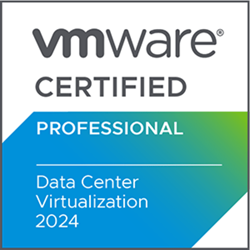VMware vSphere ICM [V8]

The VMware vSphere: Install, Configure, Manage [V8] is a training course offered by VMware that focuses on the installation, configuration, and management of VMware vSphere, a virtualization platform used to create and manage virtual machines. The course covers topics such as vSphere architecture, ESXi installation and configuration, virtual machine creation and management, storage and networking configuration, vCenter Server installation and management, and more. The course is designed for IT professionals who want to learn how to use VMware vSphere to create and manage virtualized environments.
Course Objectives
The main objectives of the VMware vSphere: Install, Configure, Manage [V8] course are:
- Install and configure ESXi hosts and vCenter Server
- Create and configure virtual machines
- Configure and manage network and storage resources
- Use vSphere features such as vMotion, High Availability, and Distributed Resource Scheduler (DRS) to optimize resource utilization and improve availability
- Monitor and troubleshoot vSphere performance and availability issues
- Secure vSphere environments using access control and other security features
- Manage updates and patches using vSphere Update Manager.
Upon completion of the course, individuals should be able to take VMware vSphere 8.x Professional Exam 2024 to achieve a VMware Certified Professional vSphere Data Center Virtualization VCP-DCV 2024.
Course Certification
This course helps you prepare to take the:
VMware Certified Professional vSphere Data Center Virtualization VCP-DCV 2024
Course Outline
Module 1: Course Introduction
- Introductions and course logistics
- Course objectives
Module 2: vSphere and Virtualization Overview
- Explain basic virtualization concepts
- Describe how vSphere fits in the software-defined data center and the cloud infrastructure
- Recognize the user interfaces for accessing vSphere
- Explain how vSphere interacts with CPUs, memory, networks, storage, and GPUs
Module 3: Installing and Configuring ESXi
- Install an ESXi host
- Recognize ESXi user account best practices
- Configure the ESXi host settings using the DCUI and VMware Host Client
Module 4: Deploying and Configuring vCenter
- Recognize ESXi hosts communication with vCenter
- Deploy vCenter Server Appliance
- Configure vCenter settings
- Use the vSphere Client to add and manage license keys
- Create and organize vCenter inventory objects
- Recognize the rules for applying vCenter permissions
- View vCenter logs and events
Module 5: Configuring vSphere Networking
- Configure and view standard switch configurations
- Configure and view distributed switch configurations
- Recognize the difference between standard switches and distributed switches
- Explain how to set networking policies on standard and distributed switches
Module 6: Configuring vSphere Storage
- Recognize vSphere storage technologies
- Identify types of vSphere datastores
- Describe Fibre Channel components and addressing
- Describe iSCSI components and addressing
- Configure iSCSI storage on ESXi
- Create and manage VMFS datastores
- Configure and manage NFS datastores
Module 7: Deploying Virtual Machines
- Create and provision VMs
- Explain the importance of VMware Tools
- Identify the files that make up a VM
- Recognize the components of a VM
- Navigate the vSphere Client and examine VM settings and options
- Modify VMs by dynamically increasing resources
- Create VM templates and deploy VMs from them
- Clone VMs
- Create customization specifications for guest operating systems
- Create local, published, and subscribed content libraries
- Deploy VMs from content libraries
- Manage multiple versions of VM templates in content libraries
Module 8: Managing Virtual Machines
- Recognize the types of VM migrations that you can perform within a vCenter instance and across vCenter instances
- Migrate VMs using vSphere vMotion
- Describe the role of Enhanced vMotion Compatibility in migrations
- Migrate VMs using vSphere Storage vMotion
- Take a snapshot of a VM
- Manage, consolidate, and delete snapshots
- Describe CPU and memory concepts in relation to a virtualized environment
- Describe how VMs compete for resources
- Define CPU and memory shares, reservations, and limits
Module 9: Deploying and Configuring vSphere Clusters
- Create a vSphere cluster enabled for vSphere DRS and vSphere HA
- View information about a vSphere cluster
- Explain how vSphere DRS determines VM placement on hosts in the cluster
- Recognize use cases for vSphere DRS settings
- Monitor a vSphere DRS cluster
- Describe how vSphere HA responds to various types of failures
- Identify options for configuring network redundancy in a vSphere HA cluster
- Recognize vSphere HA design considerations
- Recognize the use cases for various vSphere HA settings
- Configure a vSphere HA cluster
- Recognize when to use vSphere Fault Tolerance
Module 10: Managing the vSphere Lifecycle
- Enable vSphere Lifecycle Manager in a vSphere cluster
- Describe features of the vCenter Update Planner
- Run vCenter upgrade prechecks and interoperability reports
- Recognize features of VMware vSphere® Lifecycle Manager™
- Distinguish between managing hosts using baselines and managing hosts using images
- Describe how to update hosts using baselines
- Describe ESXi images
- Validate ESXi host compliance against a cluster image and update ESXi hosts
- Update ESXi hosts using vSphere Lifecycle Manager
- Describe vSphere Lifecycle Manager automatic recommendations
- Use vSphere Lifecycle Manager to upgrade VMware Tools and VM hardware
Course Mode
Instructor-Led Remote Live Classroom Training;
Trainers
Trainers are VMware Official Instructors and certified in other IT technologies, with years of hands-on experience in the industry and in Training.
Lab Topology
For all types of delivery, the Trainee can access real Cisco equipment and systems in our laboratories or directly at the Cisco data centers remotely 24 hours a day. Each participant has access to implement the various configurations thus having a practical and immediate feedback of the theoretical concepts.
Here are some VMware vSphere Labs topologies available:
![VMware vSphere: Install, Configure, Manage [V8] Course](https://www.hadartraining.com/wp-content/uploads/2023/03/vmware_icm_pod.png)
Course Details
Course Prerequisites
Basic understanding of virtualization concepts and experience with Microsoft Windows or Linux operating systems, including the use of the command line interface. Participants should also have a basic understanding of networking concepts and storage technologies such as SAN, NAS, and iSCSI.
Course Duration
Intensive duration 5 days
Course Frequency
Course Duration: 5 days (9.00 to 17.00) - Ask for other types of attendance.
Course Date
- VMware vSphere ICM [V8] Course (Intensive Formula) – On request – 09:00 – 17:00
Steps to Enroll
Registration takes place by asking to be contacted from the following link, or by contacting the office at the international number +355 45 301 313 or by sending a request to the email info@hadartraining.com


